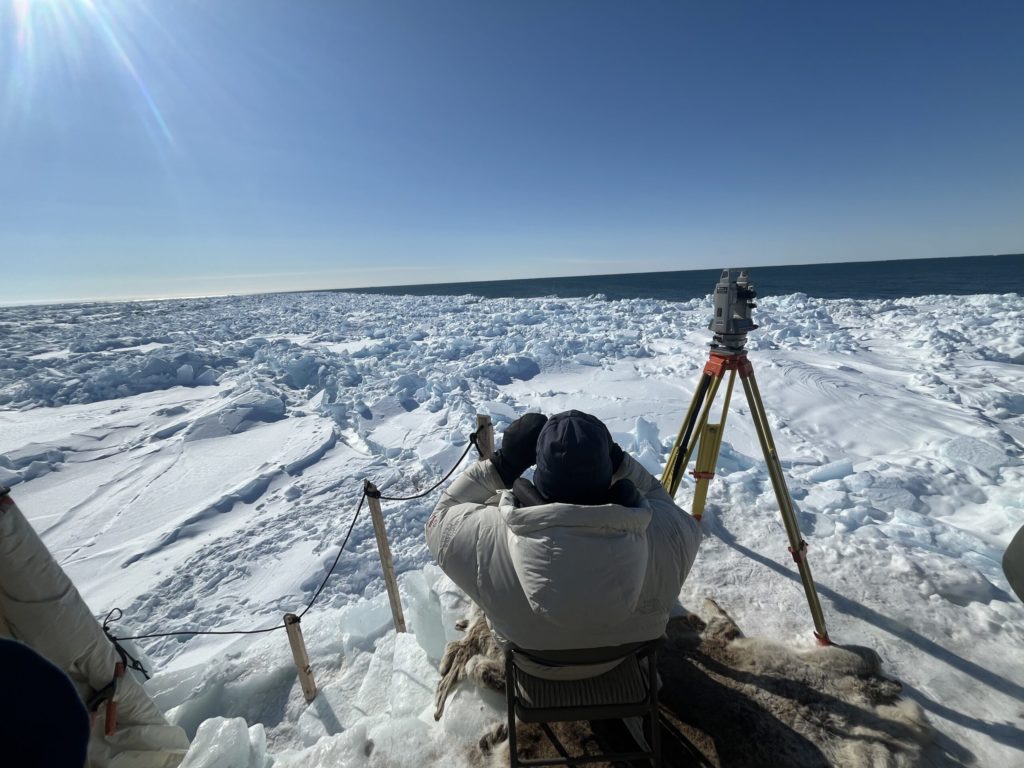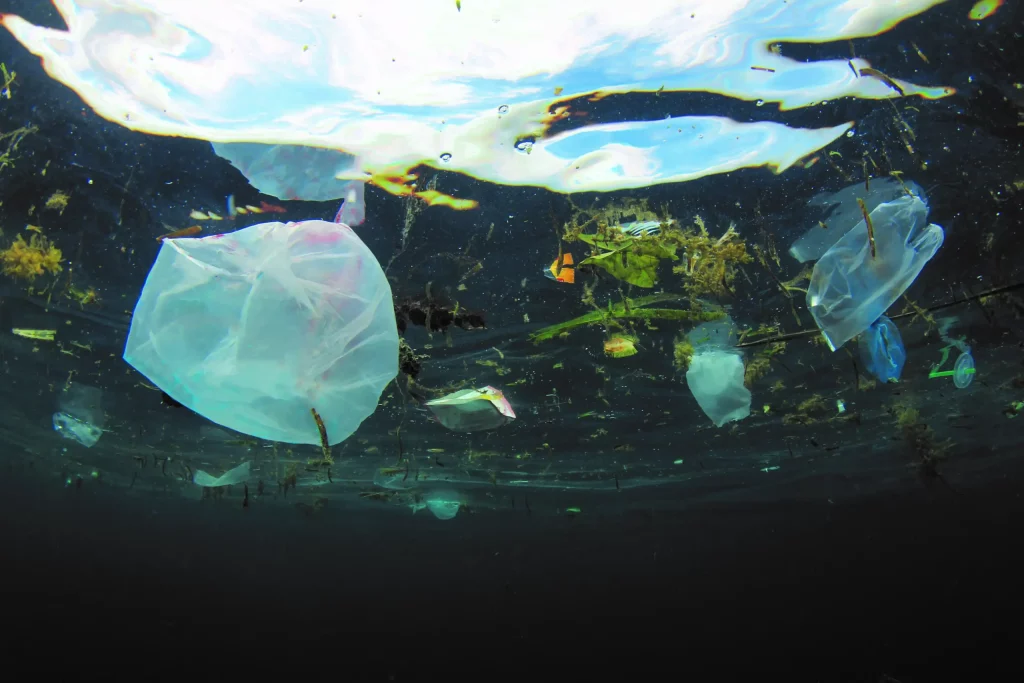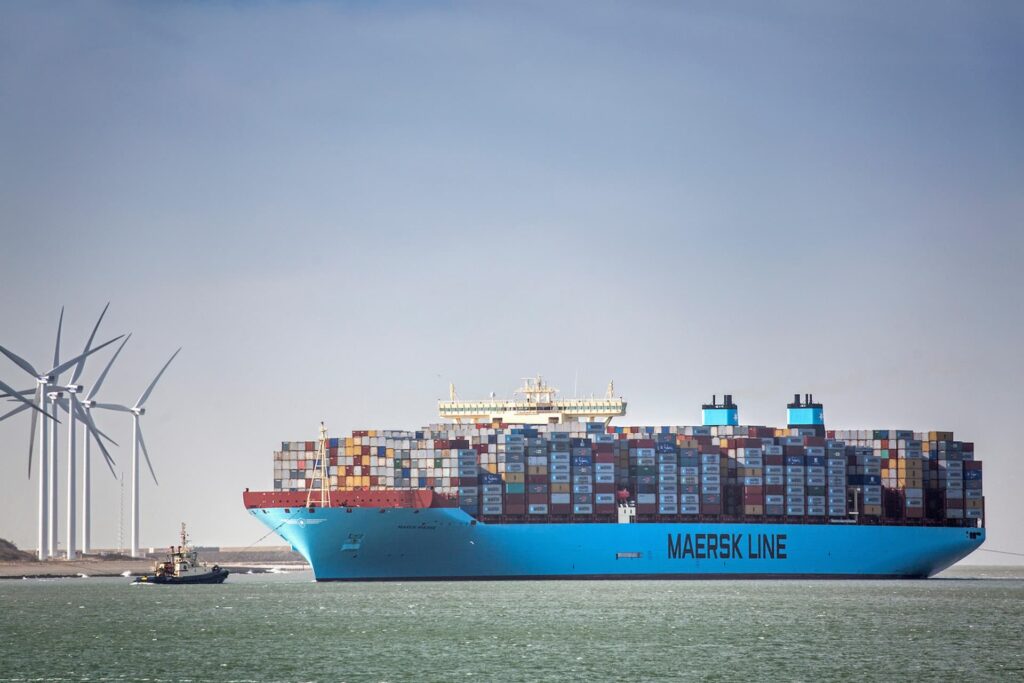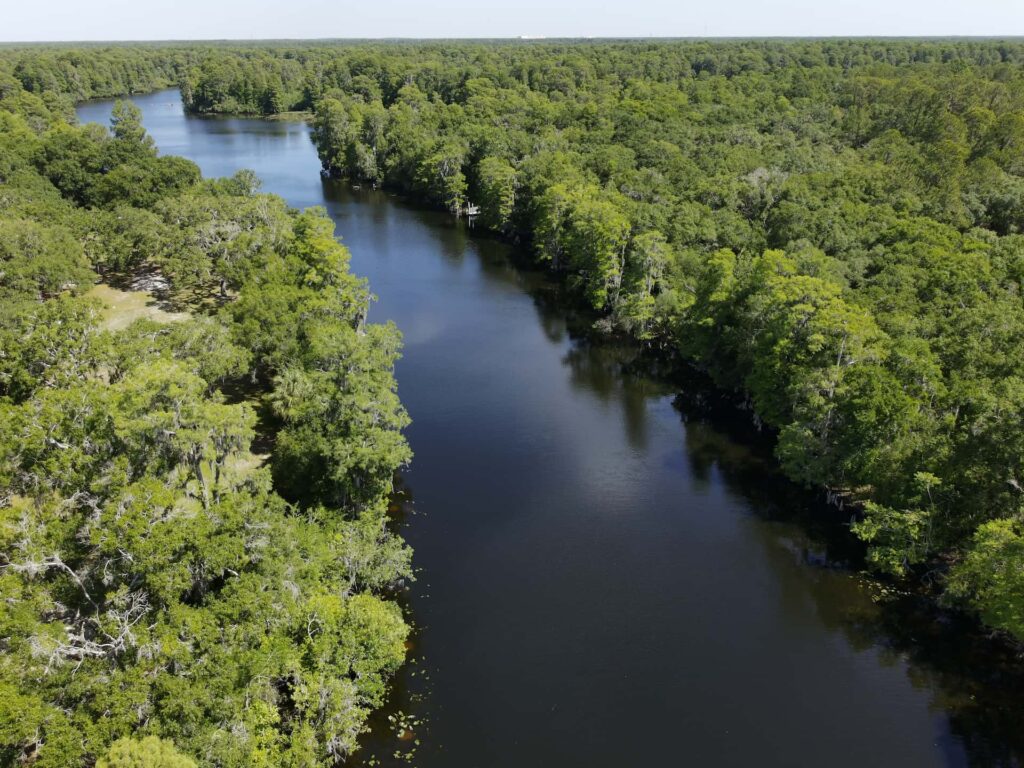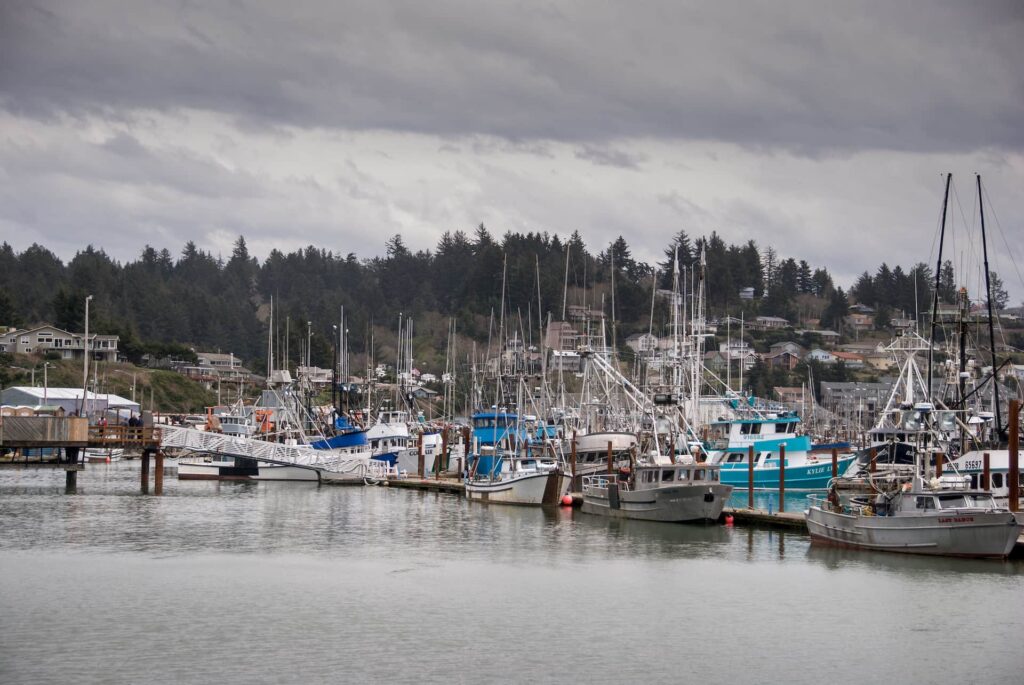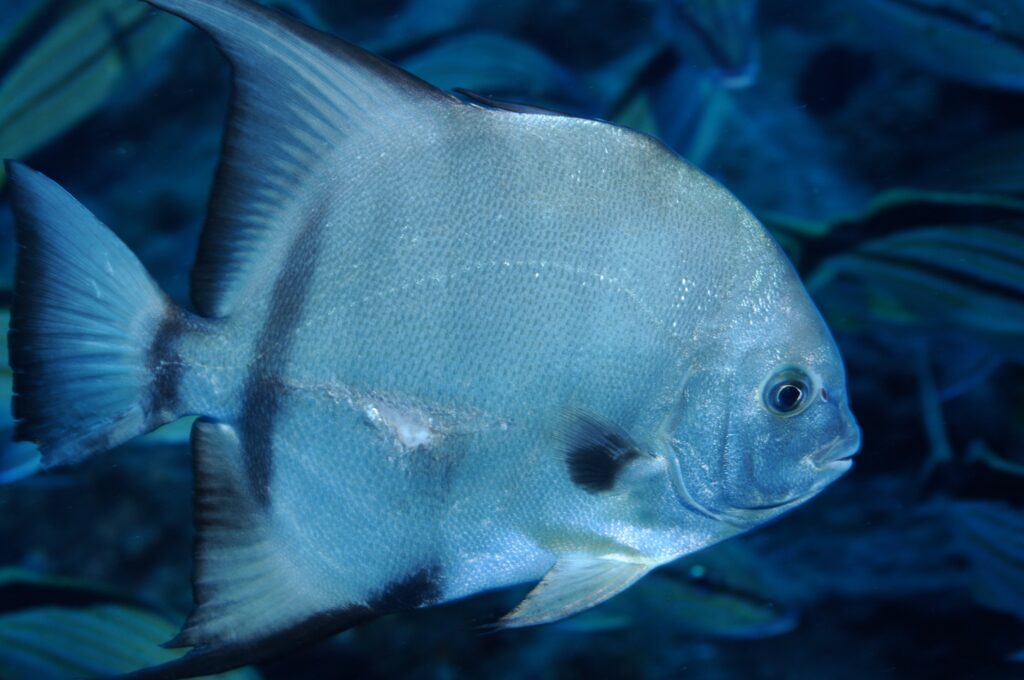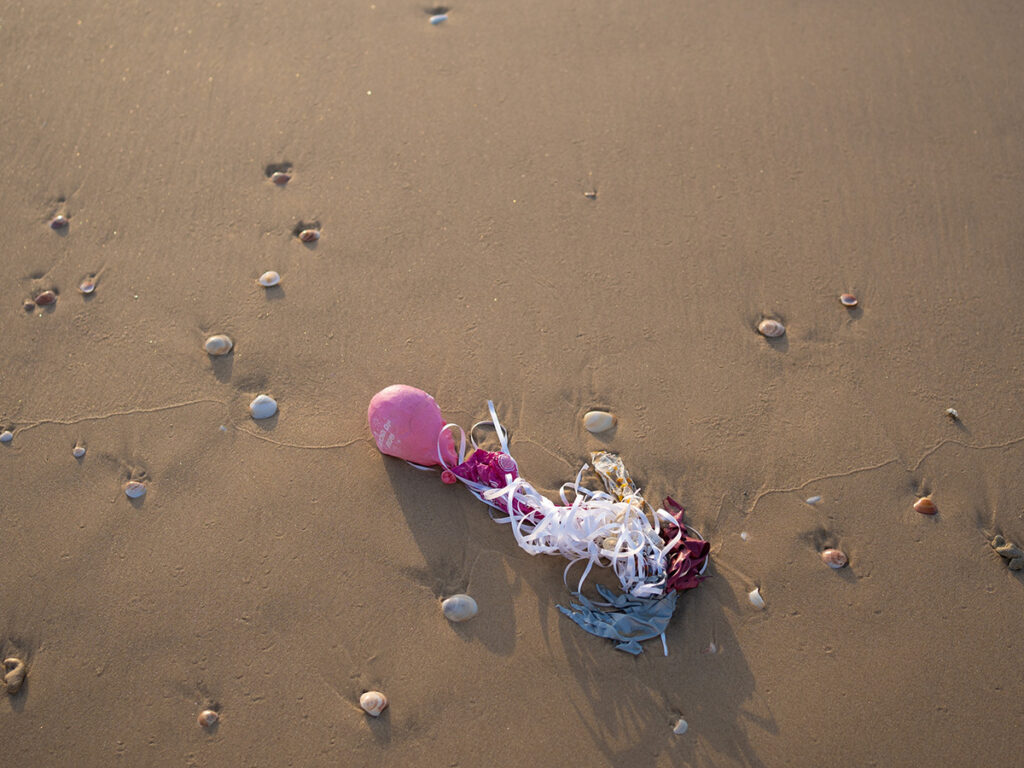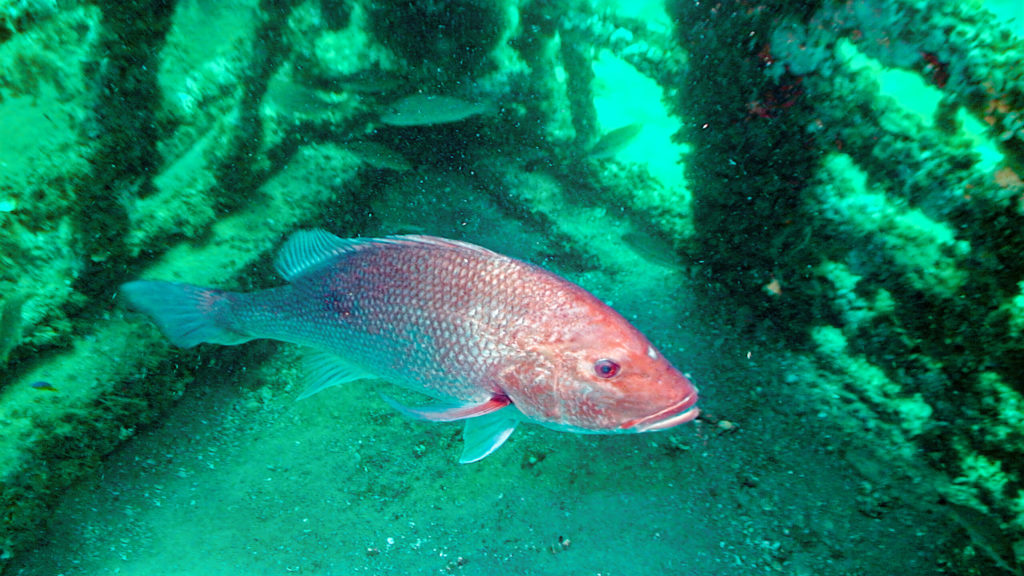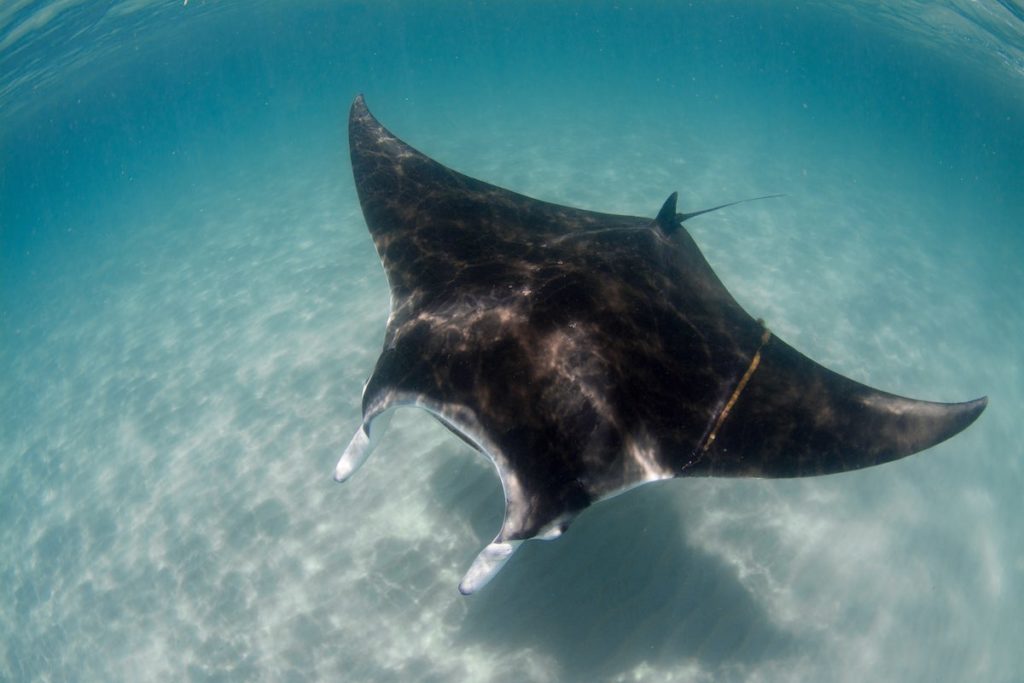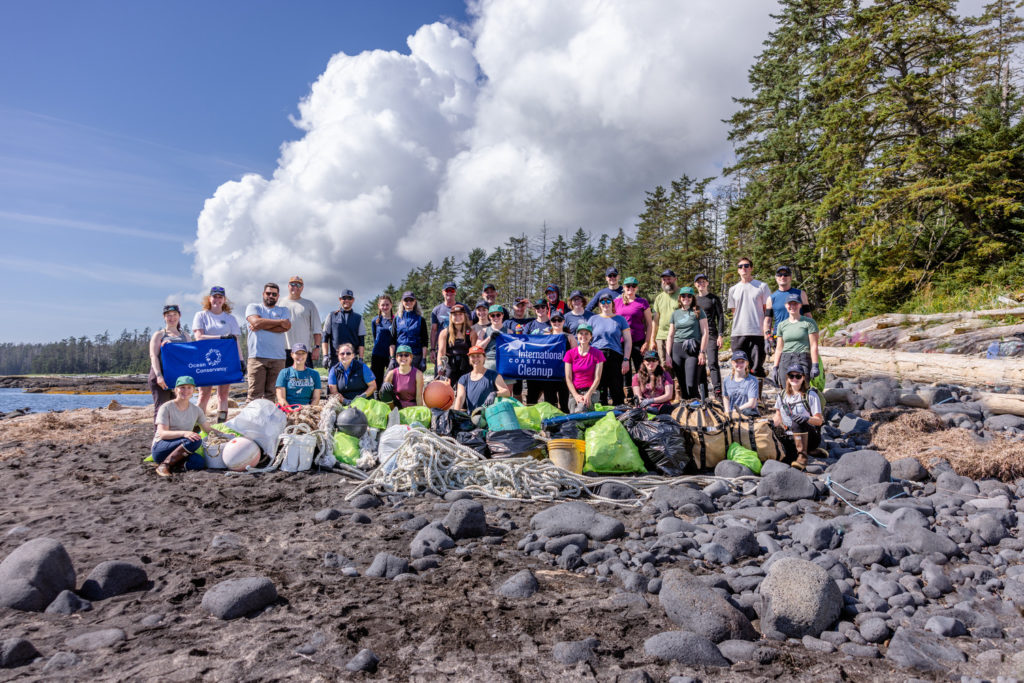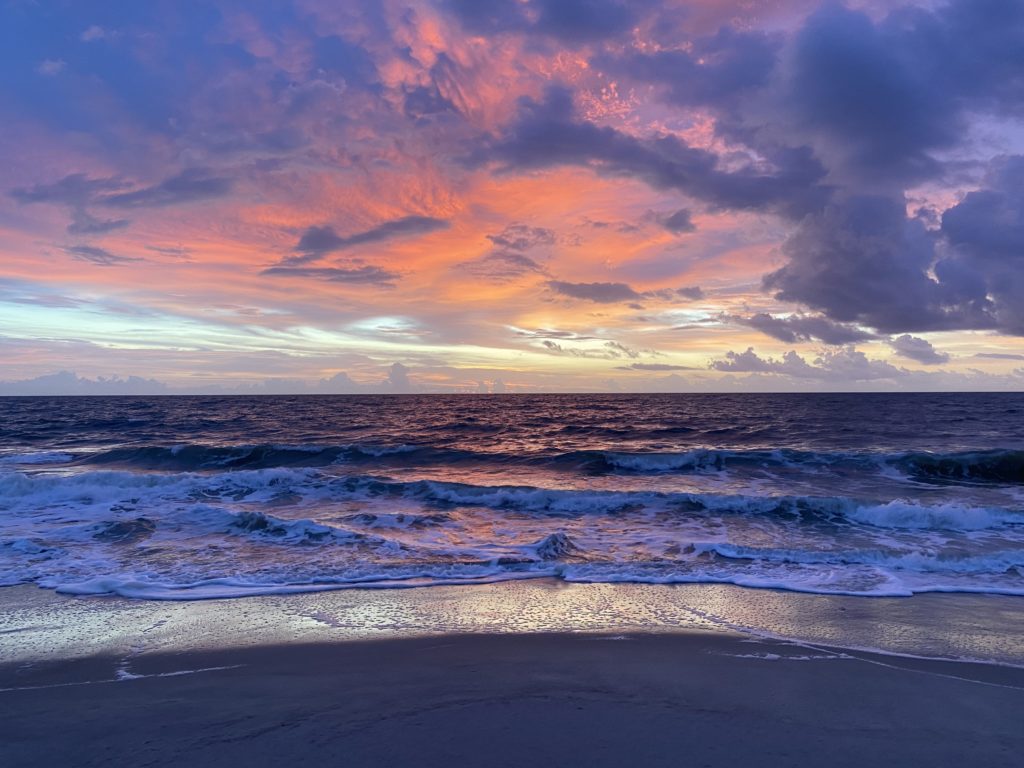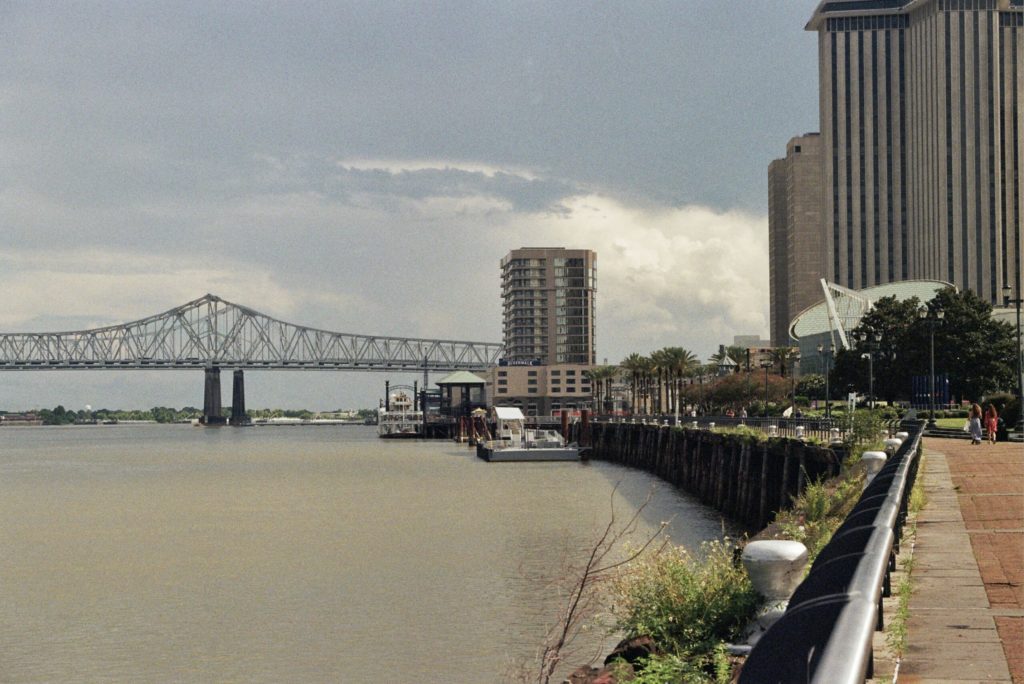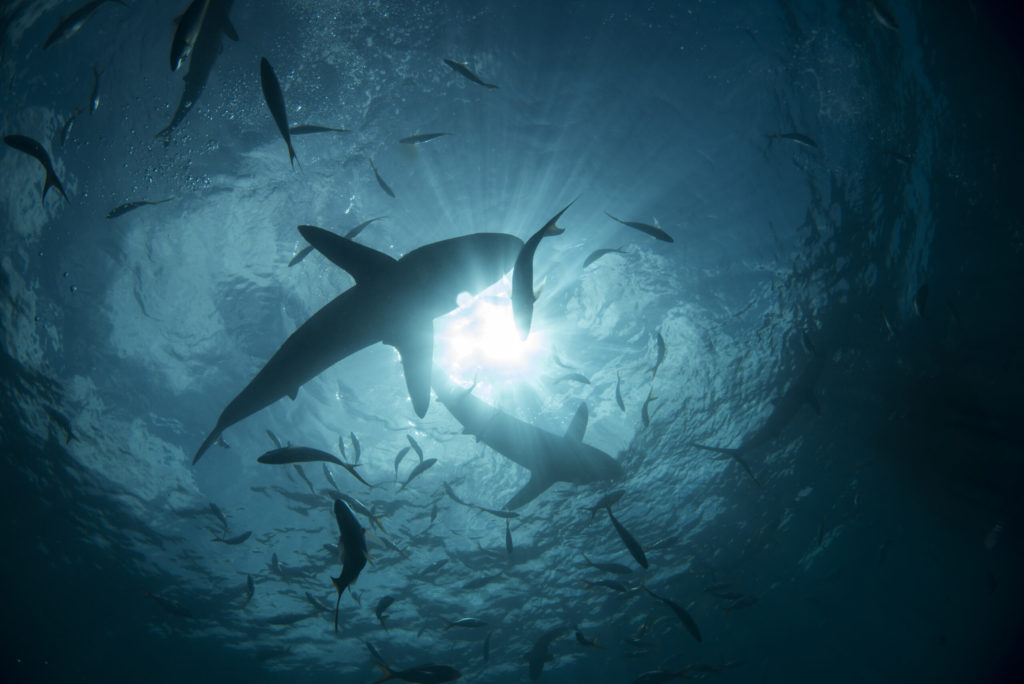
Blog
The ocean is our planet’s lifeline, teeming with wonders both seen and unseen—and it needs our protection now more than ever. In Ocean Conservancy’s blog, explore the evidence-based solutions we champion, the passionate advocates driving change, and the policy victories creating lasting impact for our ocean. From the Arctic to local coastlines, discover how Ocean Conservancy is tackling our blue planet’s most significant challenges and how you can join the movement.
Recent Trends Impacting U.S. Fisheries and American Seafood
Maintaining a healthy ocean includes ensuring that fisheries are sustainable and fish stocks are abundant. If you like to eat seafood, go fishing or visit the coast, then how United States f…
ViewWhat’s Haunting Our Ocean?
When autumn comes around, cue the leaves changing color, pumpkin spice, candies, apple picking and my favorite part of all: the spooky traditions of Halloween. From haunted houses to scary m…
ViewForecasting a Future for South Atlantic Red Snapper
Fishermen and the latest fishery stock assessment agree: There are a lot of red snapper in the South Atlantic. Yet, promising numbers alone do not tell the whole story of red snapper off the…
ViewWhat is a DAF and How Can it Support the Ocean?
A person’s legacy is often defined by the people they’ve touched and the causes they’ve supported throughout their lives. A Donor-Advised Fund (DAF) provides an opportunity to be a part of t…
View40 Years of Cleaner Beaches Powered by People and Community
Earlier this summer, my daughter and I walked along the shores of Sitka, Alaska, to pick up plastic pollution with 35 other volunteers. We scanned the beach together with a single goal: to m…
ViewHouse Budget Proposal for NOAA Would Spell Disaster for Fisheries
In early September, the House Committee on Appropriations passed its proposed budget for the National Oceanic and Atmospheric Administration (NOAA), as part of the larger Commerce, Justice,…
ViewHonoring New Orleans 20 Years After Hurricane Katrina Means Protecting NOAA
Nayyir Ransome builds relationships between the government and the people it serves to support the ocean. As Senior Analyst with Ocean Conservancy, Nayyir sees the power of small, incrementa…
ViewWhat is the Science Behind Plastic Pollution?
This blog was co-written with Hannah De Frond. Hannah works with Ocean Conservancy and the University of Toronto Trash Team to manage the International Trash Trap Network (ITTN), a glob…
ViewHow are Sharks Affected by Plastic Pollution?
It’s one of the best weeks of the year: Shark Week. As our finned friends get a lot of extra attention this week, I am reflecting on my love of sharks and the threats they’re facing. In fact…
View